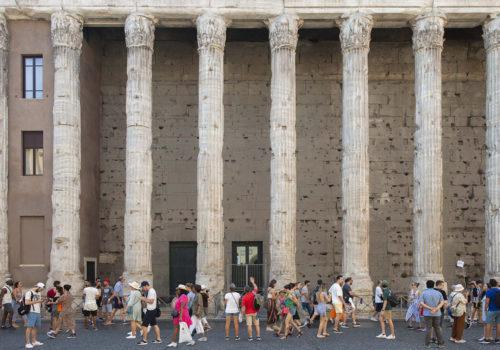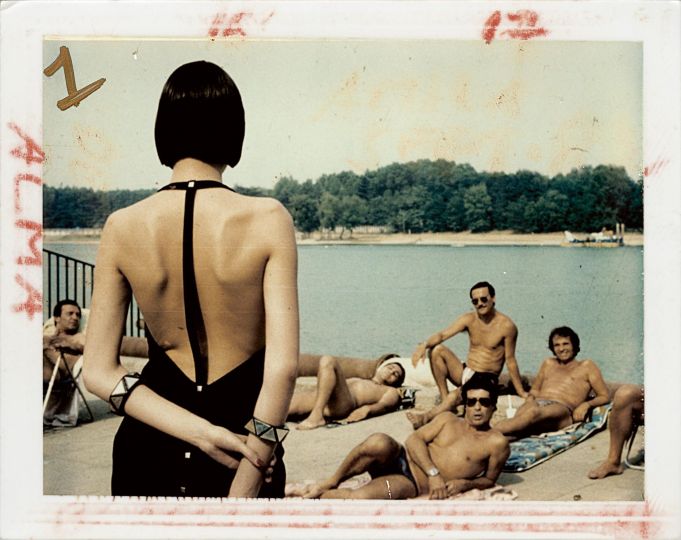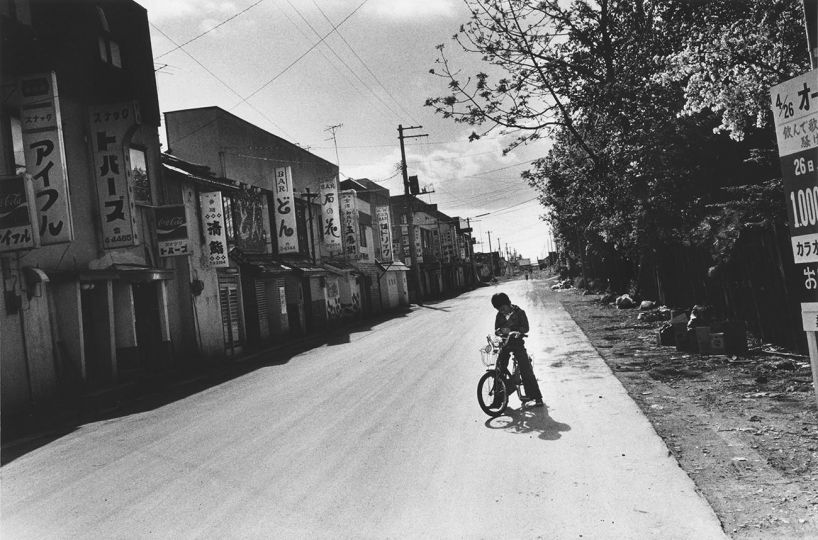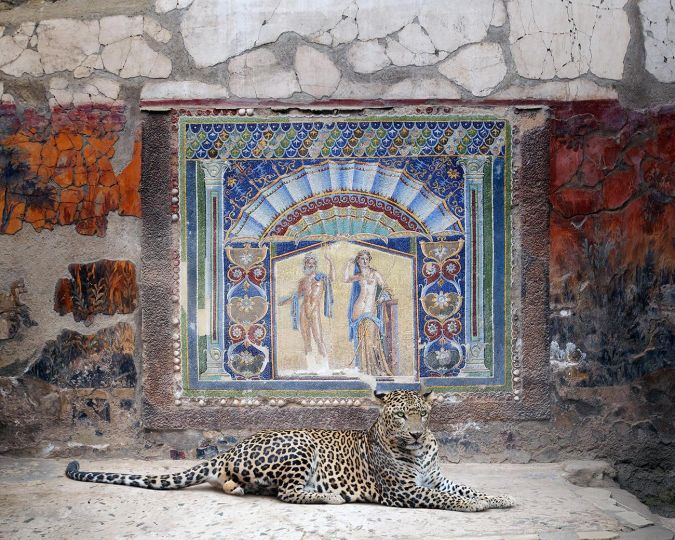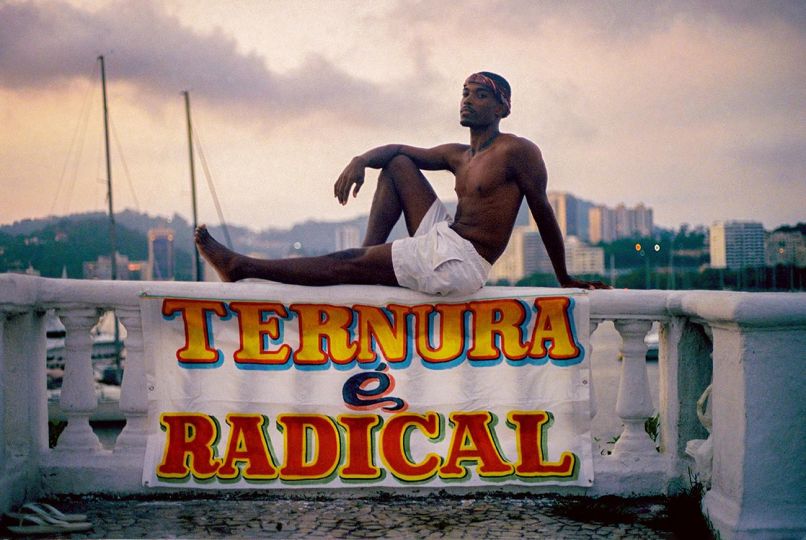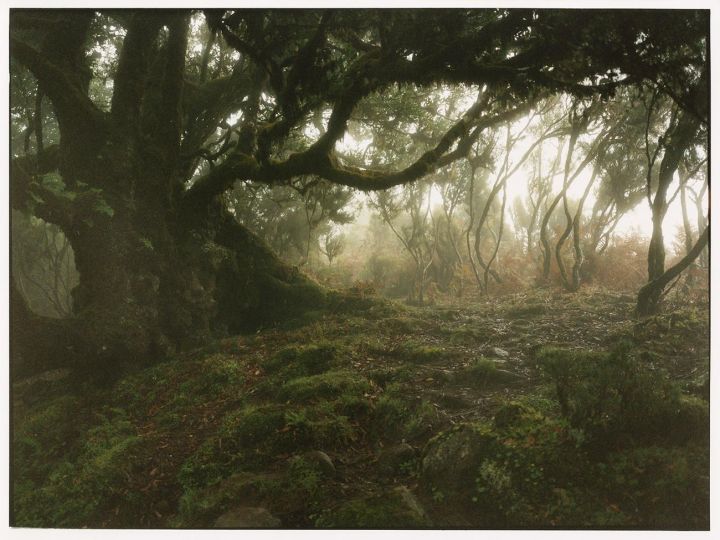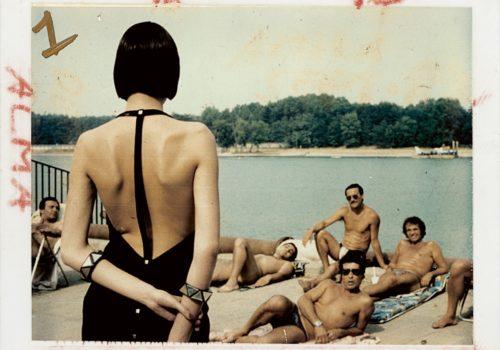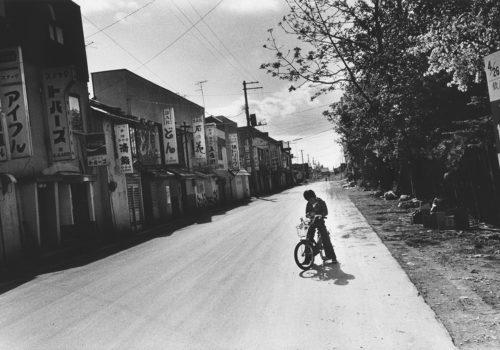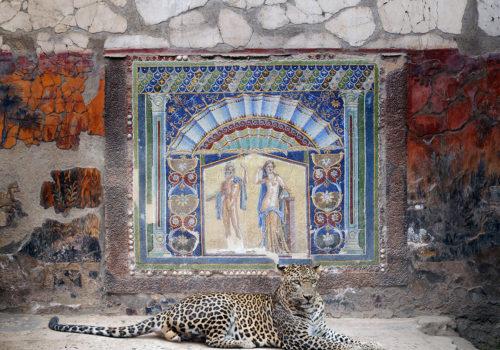The lovely story of the week, Thierry Bouët sends us his photographs accompanied by this text.
Last spring, the director of the Villa Medici, Sam Stourdzé, invited me for a residency to produce a book on the stones of Rome, the history of which is powerful. The writer Pierre Adrian, a great connoisseur of Rome, carried out an inventory of the stones, wrote the work and gave me his research map as a gift. All I have to do is let myself be guided.
The book offers a visit to Rome on the fringes of masterpieces, where history is lost. At the back of the chapel of the Santa Prassede church lies the flagellation column. It was brought back from Jerusalem in 1223 by Cardinal Giovanni Colonna. The veneration of the stone was later approved by the Pope as the rock on which Christ was said to have been whipped.
In the middle of August, I travelled the streets of Rome on a scooter in search of remote places. Sometimes looking for a golden lava slab called a sampietrino is like looking for a needle in a haystack.
Life at the Villa Medici is as artistic as the jostle of art works in Rome. The room I occupied was unforgettable. When I turned off the light in the evening, the windows were wide open onto the main courtyard. The night was enchanted by the flow of water from the central fountain. In the morning, the spectacle of the villa’s gardens awakened, caressed by a low sun. At the Villa Médicis, a resident is at home. If he had the idea to release a giraffe in the park, no one would be surprised. The historic room that I occupied the last four days of my stay was of all those in which I slept, the most prodigious.
Thierry Bouët
Saintes Pierres de Rome, 20 strolls from the Villa Medici
By Pierre Adrian and Thierry Bouët
Published by: Villa Medici and Éditions Jonglez
96 pages
ISBN: 978-2-36195-756-8
€14.95

